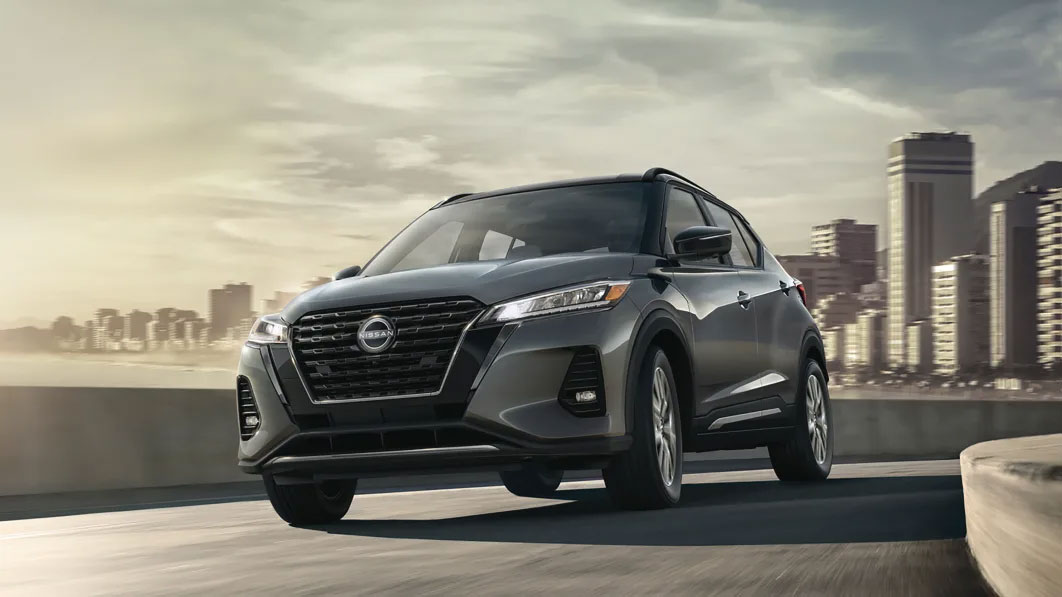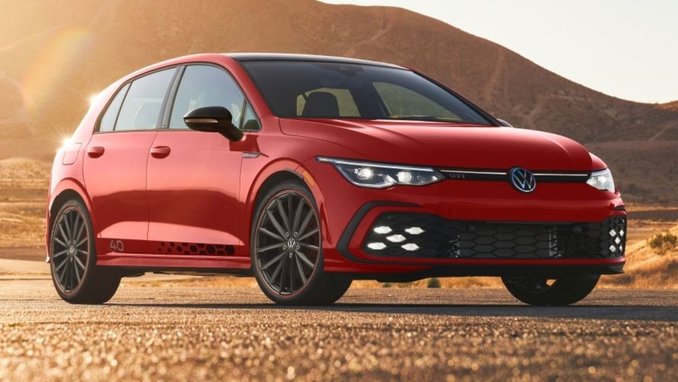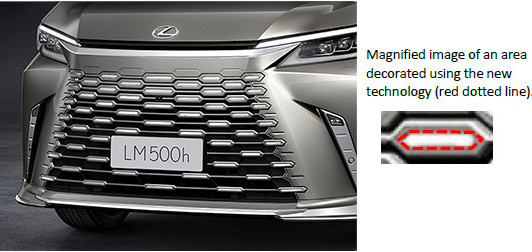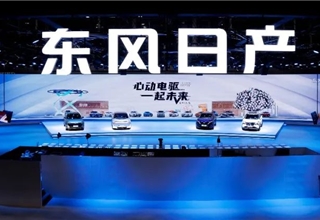How To Choose The Right Car Window Tint

Window tinting for your car can be an excellent upgrade to consider, which both plays a functional and aesthetic role. Aside from providing extra strength and integrity to your vehicle’s windows, a good-quality car window tint can protect you from the sun’s ultraviolet (UV) rays and keep your vehicle cooler during the warm season.
Today, you’ll find a vast selection of choices, regardless of your vehicle. It’s not easy to choose the right type because of the many different shades, tinting types, and factors. As an after-market product, you must get the right style for your vehicle.
If you want to make the selection task easier, consider the following factors to help you choose the right one for your vehicle.
Take Into Consideration Your Location
One of the initial concerns to consider before consulting a window tinting professional is to think about where you live. Most entry-level window tints are designed to improve aesthetics and provide UV protection.
If you happen to reside in an area with a warm climate, consider tinting capable of blocking infrared rays or providing infrared radiation (IR) protection. The tint can block heat produced by the sun. It can be a beneficial add-on, especially to your vehicle’s windshield and front side windows.
As for those in colder climates, a UV-blocking tint is usually enough if the interior cabin heat isn’t the main concern.
- Know The Protocols In Your State
Today, you’ll encounter a vast array of window tint choices, especially the level of darkness. The darker tints can deliver more protection and privacy. On the other hand, excessive dark tints might make driving at night and seeing through the windows from the outside challenging.
There are specific protocols or laws governing the level of darkness of window tint you can install on your vehicle and the windows it can be applied to, depending on your state.
The main goal of these window tinting protocols is to protect law enforcement officers if they pull a vehicle over and ensure that drivers have clear visibility to see other vehicles in low-light situations.

- Understand The Available Options
Today, several choices are available that can serve as a functional and aesthetic upgrade. Carbon and ceramic tints are two options that may provide better protection.
- Carbon – The tint is made up of carbon fiber particles that don’t fade over time and are more effective at blocking the sun’s rays. It also has excellent insulating properties, reducing the heat generated by the sun inside the vehicle. The only disadvantage of carbon is its high cost, but its durability and long lifespan make it worthwhile.
- Ceramic – Ceramic stands out among the window tints since it can block more than 99% of UV rays. It won’t fade or interfere with radio signals over time. The ceramic particles don’t conduct heat, allowing them to provide the same level of sunlight reflection but with better insulation. It means that it’s highly effective in keeping out the heat from the sun, reducing the interior temperature significantly. Additionally, ceramic tint makes your vehicle’s windows shatter-proof while reducing the glare without requiring a very dark tint. With its outstanding features, ceramic comes at an expensive price tag but is worth the benefits it provides.
- Dyed – For an affordable option, dyed window tint is an alternative. It comprises several layers of dyed film that absorb sunlight when exposed. On the other hand, the tint provides only marginal UV protection and has a limited ability to block heat from the sun. As the tint fades, it becomes less effective.
- Metalized – Metal microparticles in a metalized window tint reflect the sun’s rays. The tint is highly resistant to scratching and makes the windows durable to impact. Additionally, the metal particles impart the windows with a shiny appearance that some car owners prefer. The drawback of metalized tint is that it can interfere with Global Positioning System (GPS) or radio signals.
- Hybrid – A hybrid window tint combines dyes and metal particles, consisting of several dyed layers with a thin titanium layer in the middle. The tint minimizes the negative qualities of dyes and metalized tints with less radio interference and without a mirror-like look.
Aside from these popular options, other types are available, such as a crystalline-based tint. It can block UV rays while remaining completely transparent, making it a good choice for those who don’t like the look of dark tints but still want protection.
Regardless of the type of window tint you choose, work with a professional window tinter to make the selection process manageable and get the best results.
Final Thoughts
Car window tints have multiple benefits. Hence, selecting the appropriate window tint for your vehicle is essential that fits your needs and budget. However, this can be challenging, especially if it’s your first time. By consulting a professional tint installer and knowing these valuable insights, they’ll serve as a guide in finding the right window tint for your vehicle in no time.





